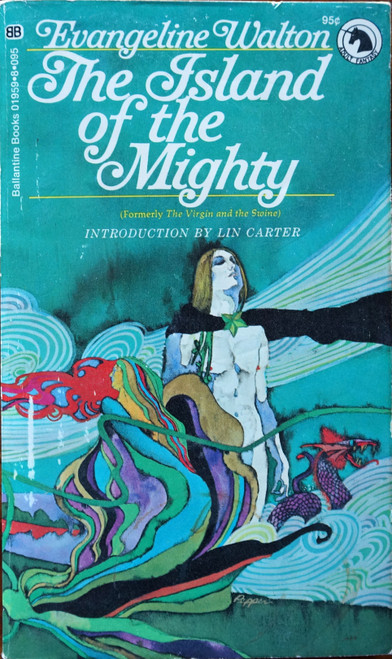The most popular pirate story ever written in English, featuring one of literature’s most beloved “bad guys,” Treasure Island has been happily devoured by several generations of boys—and girls—and grownups. Its unforgettable characters include: young Jim Hawkins, who finds himself owner of a map to Treasure Island, where the fabled pirate booty is buried; honest Captain Smollett, heroic Dr. Livesey, and the good-hearted but obtuse Squire Trelawney, who help Jim on his quest for the treasure; the frightening Blind Pew, double-dealing Israel Hands, and seemingly mad Ben Gunn, buccaneers of varying shades of menace; and, of course, garrulous, affable, ambiguous Long John Silver, who is one moment a friendly, laughing, one-legged sea-cook...and the next a dangerous pirate leader!
The unexpected and complex relationship that develops between Silver and Jim helps transform what seems at first to be a simple, rip-roaring adventure story into a deeply moving study of a boy’s growth into manhood, as he learns hard lessons about friendship, loyalty, courage and honor—and the uncertain meaning of good and evil.
Introduction and Notes by Angus Fletcher
About the Author
Robert Louis Stevenson (1850-1894), a Scottish author of novels, poems, and essays, is best known for the classic books Treasure Island, Kidnapped, and The Strange Case of Dr. Jekyll and Mr. Hyde. A literary celebrity during his lifetime, Stevenson remains popular for his celebrated contributions to the adventure and horror genres.
Angus Fletcher is Distinguished Professor Emeritus, City University of New York, and is the author of Allegory: The Theory of a Symbolic Mode, Colors of the Mind, and A New Theory for American Poetry, among other books.







